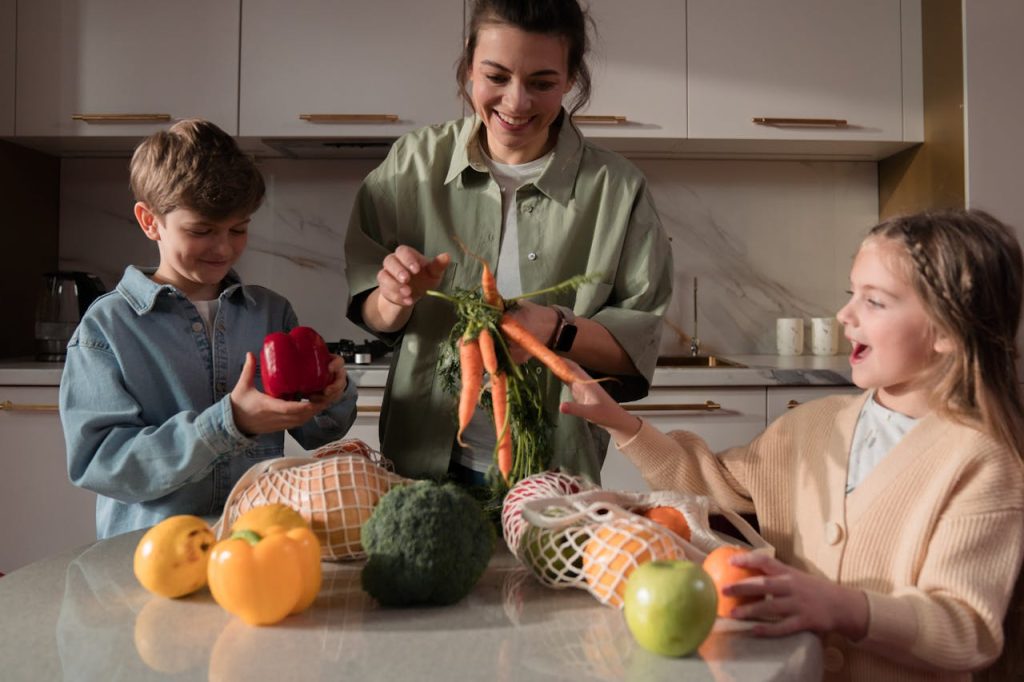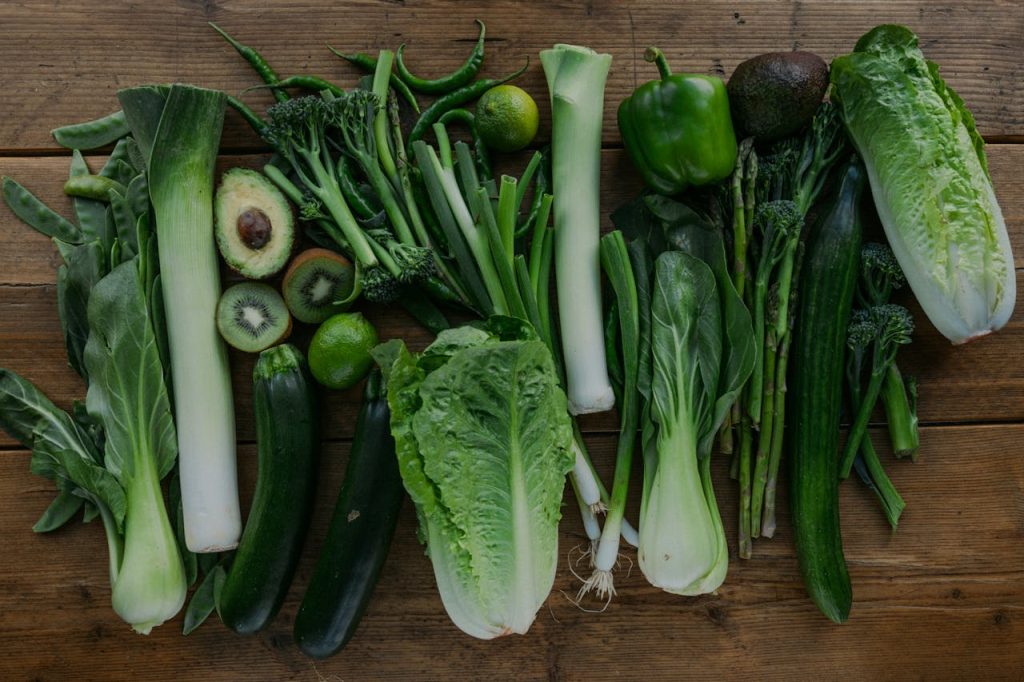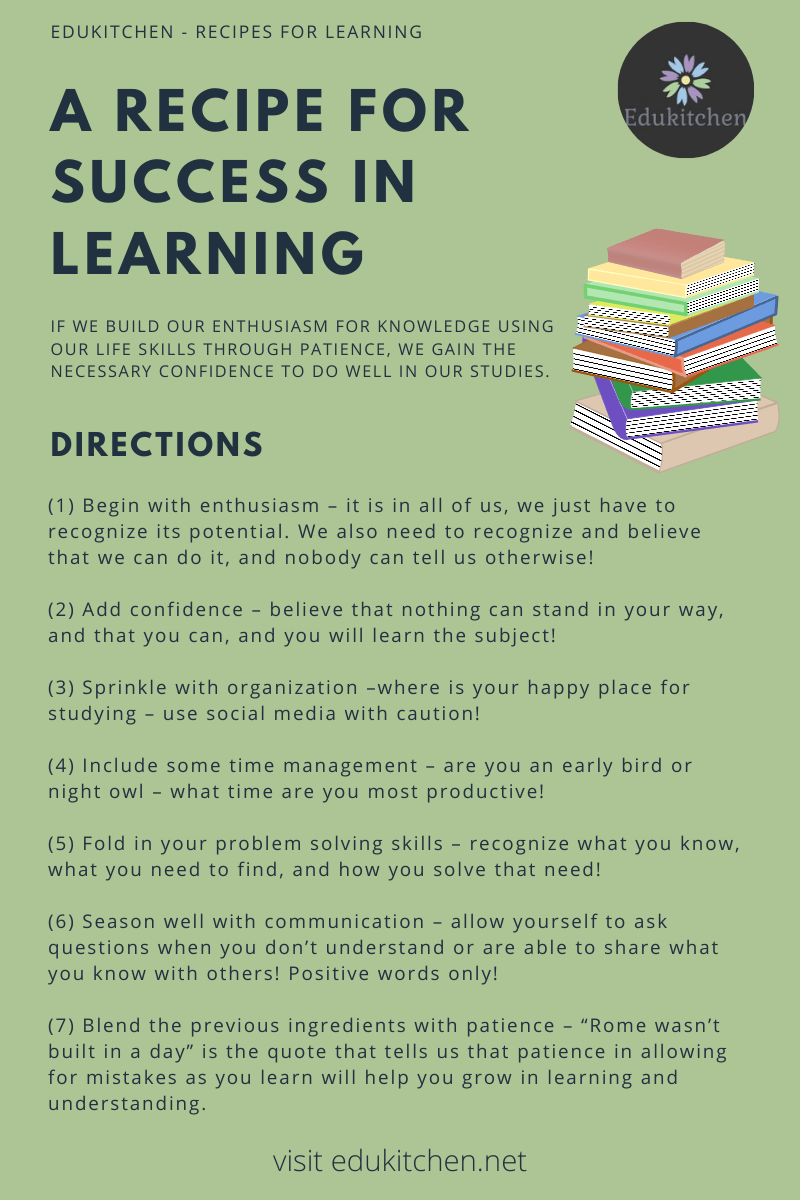Discover 10 spring vegetables to promote active learning at home through hands-on gardening, nutrition lessons, and creative homeschool activities that engage young minds.

Spring is the perfect season to bring learning to life—literally! With gardens blooming and longer days, families have an incredible opportunity to turn everyday moments into engaging lessons. One of the best ways to do that? Start with spring vegetables. These garden gems are more than just food—they’re tools for hands-on, active learning at home across subjects like science, math, health, and even language arts.
10 Spring Vegetables to Promote Active Learning at Home
Here are 10 spring vegetables that can spark curiosity, encourage responsibility, and deepen your homeschooler’s connection to nature and healthy habits—plus the nutritional benefits each one brings to the table.
1. Radishes
Fast-growing and colorful, radishes are perfect for teaching kids about plant life cycles. With germination in just a few days, they offer quick results for eager learners. Have your child measure their growth daily and chart the changes.
- Nutritional Benefit: High in antioxidants and vitamin C; supports digestion and immune health.
2. Lettuce
Lettuce grows quickly in cooler spring weather and offers a fun way to explore nutrition. Let kids experiment with different varieties and keep a journal comparing how quickly each type grows.

- Nutritional Benefit: A good source of fiber, vitamin K, and folate; supports bone health and hydration.
3. Spinach
Spinach can spark conversations about vitamins, minerals, and why leafy greens are considered superfoods. Use it to launch a mini-research project on iron or photosynthesis.
- Nutritional Benefit: Rich in iron, calcium, and magnesium; promotes healthy blood and strong bones.
4. Carrots
Carrots are a classic root vegetable that offer a great peek below the soil. Start with seeds, or regrow carrot tops in water for a fun indoor science experiment.

- Nutritional Benefit: High in beta-carotene (vitamin A), great for eye health and immune support.
5. Peas
Sweet peas are a spring favorite and perfect for practicing fine motor skills when shelling them. Explore science by discussing nitrogen fixation and the role of legumes in soil health.
- Nutritional Benefit: Packed with protein, fiber, and vitamins A, C, and K; supports muscle growth and digestion.
6. Kale
Kale is resilient and grows well in early spring. Try a taste test of raw vs. baked kale chips, then graph family favorites. Link it to health studies by learning about fiber and digestion.
- Nutritional Benefit: Loaded with vitamins K, A, and C, and calcium; supports heart, eye, and bone health.
7. Beets
Beets offer vibrant color and endless learning opportunities. Use beet juice as natural dye for a science/art crossover, or do a simple pH experiment.

- Nutritional Benefit: High in folate and nitrates; supports brain function and circulation.
8. Green Onions
Quick and easy to regrow in water, green onions are great for indoor learning. Use them to teach about plant regeneration and root systems.
- Nutritional Benefit: Rich in vitamin K and antioxidants; supports heart and bone health.
9. Broccoli
Broccoli grows well in cool spring temperatures and offers great STEM learning. Track its floret development and explore plant anatomy by dissecting a head of broccoli.

- Nutritional Benefit: Full of vitamin C, fiber, and sulforaphane; boosts immunity and supports detoxification.
10. Cucumbers
Crisp and refreshing, cucumbers encourage lessons in plant anatomy, trellis-building, and hydration. Start a journal: “A Week in the Life of a Cucumber Vine.”
- Nutritional Benefit: High in water content and potassium; helps with hydration and blood pressure regulation.
🌱 Final Thoughts
By using spring vegetables as part of your homeschool curriculum, you’re giving your child a chance to learn by doing, connect with nature, and build lifelong healthy habits. Whether you grow a full backyard garden or just a few containers on the porch, these veggies can help make learning fresh, meaningful, and fun.

Looking for printable garden journals, nutrition charts, or recipe templates? Visit our Edukitchen Learning Resources to help bring your homeschool garden to life!
Related Topics
Connect to our other pages as you navigate through our website. Explore what these pages have to offer you and you will be glad you did!
- Six Summer Time Activities At Home Kids Will Love
- 5 Ways to Improve Physical Health in Kids At Home
- The Influence of Parents on Education Policy
- How Laughter Makes Learning Fun and Effective for Kids
- Helping Parents Understand Online Learning Platforms
- Teaching Kids to Master the Art of Communication
- 10 Top Brain Foods for Students: Fueling Focus and Memory
- 5 Quick and Healthy Meals for Homeschooling Parents
Join Our Newsletter Community Today!

Share Your Thoughts…
Leave us a comment below to let us know your thoughts on our 10 spring vegetables to promote active learning at home.



